For those seeking a more budget-friendly option, a partial gut renovation offers a compromise between cost and quality. A Gut Bathroom Renovation typically involves updating key areas while preserving some of the existing structure. But what exactly does this entail, and when is it the right choice for your bathroom?
A partial gut bathroom remodel involves making significant upgrades to the space while retaining some existing elements. Unlike a full gut renovation where the entire space is stripped down to the studs, a partial gut remodel typically focuses on specific areas or features of the bathroom.
During a partial Gut Bathroom Renovation, certain components of the bathroom may be removed or replaced while others are left intact. For example, the bathtub or shower enclosure, vanity, and flooring might be replaced, while the walls, plumbing, and electrical wiring remain untouched. Alternatively, the renovation may focus on updating the plumbing and electrical systems while keeping the fixtures and finishes relatively unchanged.
The extent of the partial gut remodel can vary depending on the homeowner’s preferences, budget, and the condition of the existing bathroom. While partial gut remodels can be more cost-effective compared to full gut renovations, they may not address underlying issues or provide the same level of customization and flexibility. However, they can still result in a significant transformation and upgrade to the overall look and functionality of the bathroom.
Cost-Effectiveness vs. Comprehensive Upgrade
While a partial gut remodel can be more budget-friendly compared to a full gut, it may miss out on the opportunity to uncover hidden issues or fully upgrade mechanicals and insulation, especially in older homes. Therefore, newer homes tend to be better candidates for partial gut projects, where the underlying infrastructure is already in good condition.
Despite being a more budget-friendly option, partial gut renovations can still command a significant investment. Depending on the scope of work and the number of fixtures involved, prices can easily range from $25,000 to $30,000 and beyond. It’s crucial for homeowners to weigh the benefits of cost savings against the potential limitations of a partial overhaul.
[/et_pb_text][/et_pb_column][/et_pb_row][/et_pb_section]




